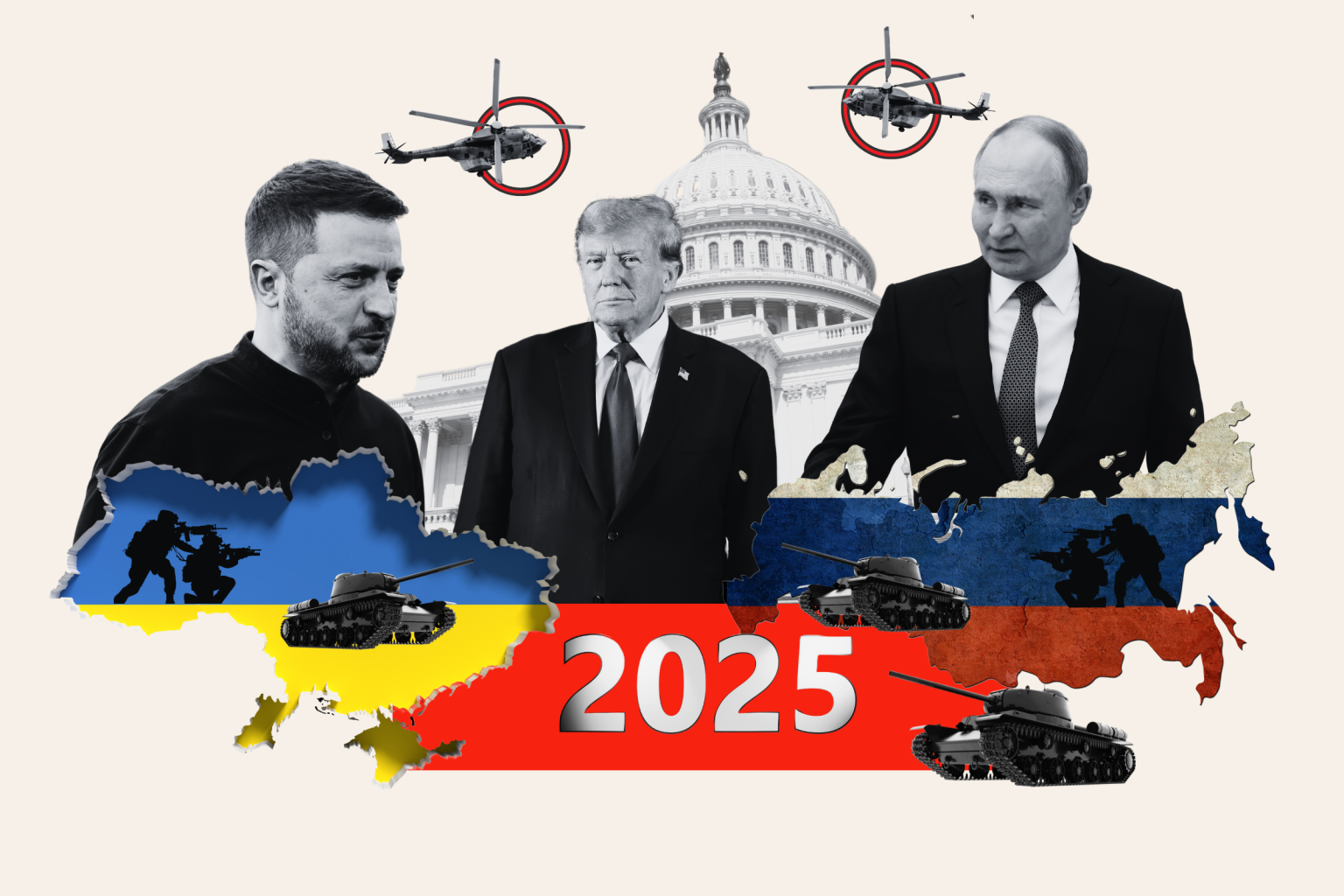The beginning of 2025 is expected to see Russia maintaining its momentum in the invasion of Ukraine, raising concerns about the future of American aid for Kyiv. President-elect Donald Trump is set to enter the White House on January 20, with hopes that he can fulfill his promise to end the war initiated by Russian President Vladimir Putin. Experts have been consulted to assess the likelihood of the war coming to an end by the end of 2025, and both the Russian and Ukrainian foreign ministries have been contacted for comments on the situation.
Putin’s full-scale invasion of Ukraine, which will mark its fourth year in February 24, has had devastating effects on Ukraine’s cities, claiming thousands of lives and disrupting the security situation in Europe. As concerns grow over Russia’s advances in the Donetsk region and Ukraine’s struggling incursion into Russia’s Kursk region, experts suggest that 2025 will be a decisive year due to Russia’s continued use of attrition tactics and territorial gains. There are hopes that Trump’s transition team can facilitate talks between Kyiv and Moscow, with the potential for compromises on both sides.
There are uncertainties surrounding Trump’s plans for dealing with the Ukraine conflict, especially regarding the extent to which his nominated envoy, Keith Kellogg, will influence Washington’s strategies. The possibility of freezing the conflict while continuing to provide assistance to Ukraine has been raised, but the reluctance of the U.S. to remain Ukraine’s main military supplier may complicate efforts to repel Russian advances. Trump’s approach of “peace through strength” could push both sides to negotiate in 2025, leading to an armed ceasefire instead of a definitive end to the war.
While Trump has indicated a willingness to work with Russia, there could be sudden changes in his stance if he perceives Putin’s actions as conflicting with U.S. interests globally. The potential for erratic decisions, such as military intervention or trade restrictions on Russia, could disrupt negotiations and escalate tensions. However, there is also the possibility that increased Western unity and support for Ukraine could bolster its position in the conflict. Despite hopes for peace, some experts predict ongoing skirmishes and a frozen conflict as the more likely scenario in 2025.
Putin has expressed openness to negotiations and compromises with Ukraine, but his significant allocation of the Russian budget to defense and security spending for 2025 raises doubts about his commitment to peace. Some believe that Putin’s survival as a leader is tied to maintaining the conflict, and that the only way it may end is if his economy collapses. Ultimately, the coming year will be crucial in determining whether Trump can establish himself as the dealmaker who helped bring an end to the war in Ukraine, depending on factors such as negotiations, compromises, and the willingness of all parties to reach a resolution.








